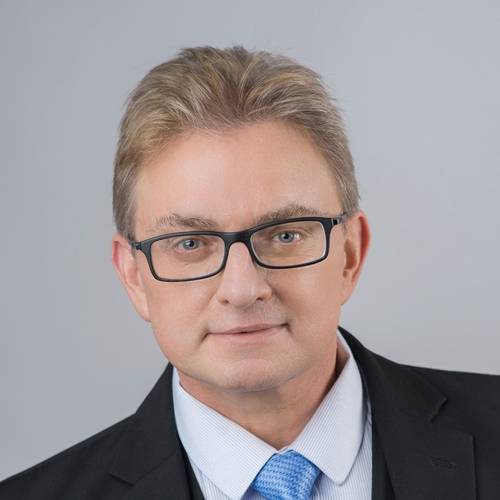The integration of metalenses into conventional optical systems forces a paradigm shift in simulation methodology: we can no longer rely on a single modeling approach but must instead combine different simulation models — each matched to its corresponding physical regime. In more specific terms, this requires the use of distinct simulation models for the metalens, traditional lenses, and the segments of free-space propagation within the system. To ensure that various simulation models can work together seamlessly, the non-negotiable strategy is for all simulation models to employ electromagnetic fields as both input and output, serving as a common language.
Attempts using ray-based methods fail at their core because they introduce an incompatible light representation that cannot interface with metalens physics. Using the electromagnetic field as a common language among simulation models does not require that all these models be rigorous, also known as full-wave simulation models. Approximations are not only permitted but frequently necessary. However, approximations do not entail abandoning the electromagnetic field model for representing light.
This talk provides a concise overview of field-based simulation models used for lenses, free-space propagation, and metasurfaces, highlighting their smooth integration within multiscale system simulations. Wyrowski also presents multiple design and simulation examples executed in a unique proprietary platform.
About the presenter
Frank Wyrowski, Ph.D., co-foundeded LightTrans International GmbH in 1999 and co-founded Wyrowski Photonics GmbH in 2014. In 2022, he co-founded Beijing Luoxun Technology Co., Ltd. and is recognized as a pioneer in the advancement of modern optical modeling and design software.
His main objective in research and development is to improve the precision and effectiveness of optical modeling software, guided by the principle of achieving the required level of accuracy while maximizing speed. This includes integrating various modeling techniques, ranging from geometrical to physical optics, into a single platform. This core concept underpins the VirtualLab technology, which is integrated into the VirtualLab Fusion software. The concept of connecting interoperable modeling techniques within a single software platform allows VirtualLab Fusion to effectively address the wide array of modeling and design challenges in contemporary optics and photonics, benefiting an expanding user base.
Wyrowski obtained his doctoral degree in applied physics from the University of Essen, Germany, in 1988, with a dissertation on digital signal encoding in optical information technology. In 1992, he earned his Dr. habil. from the same university with a thesis focusing on diffractive optics and holography. He later joined Philips Company in Eindhoven, the Netherlands, where he worked on laser materials processing incorporating diffractive optics and diffusers.
In 1994, he took over the management of the Department for Holography and Diffractive Optics at Berlin Institute of Optics GmbH, Germany. Then, in 1996, he was named as a professor of technical physics at the Friedrich-Schiller-University of Jena, Germany. He currently serves as the president of LightTrans International GmbH and, since April 2024, as CTO of Wyrowski Photonics GmbH.
Wyrowski has authored over 100 articles covering optical modeling and design, diffractive optics, holography, information processing, and halftoning. He is a co-editor (alongside J. Turunen) of the book "Diffractive Optics for Industrial and Commercial Applications." In 2004, he was honored as a fellow of SPIE - The International Society for Optical Engineering. He also served on the board of directors of SPIE from 2003 to 2005. In 2013, he was appointed as a visiting professor at the Chinese Academy of Sciences and as a guest professor at Harbin Institute of Technology (HIT).